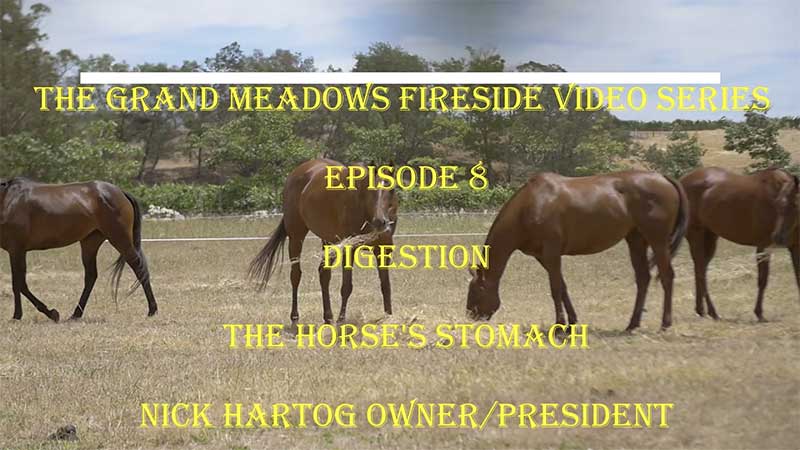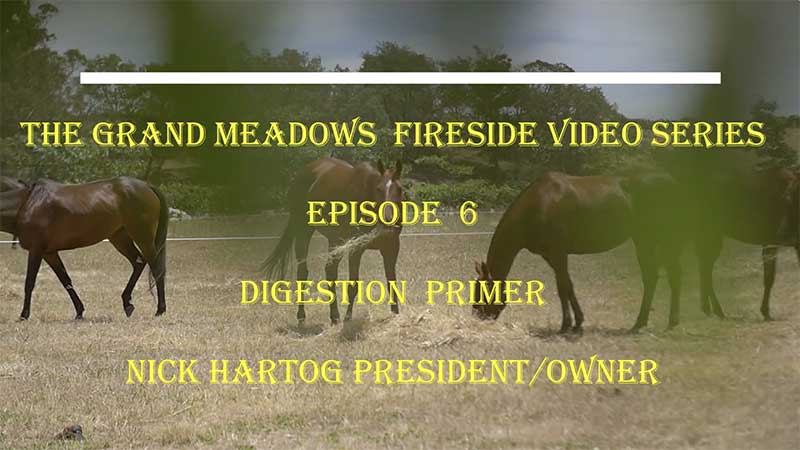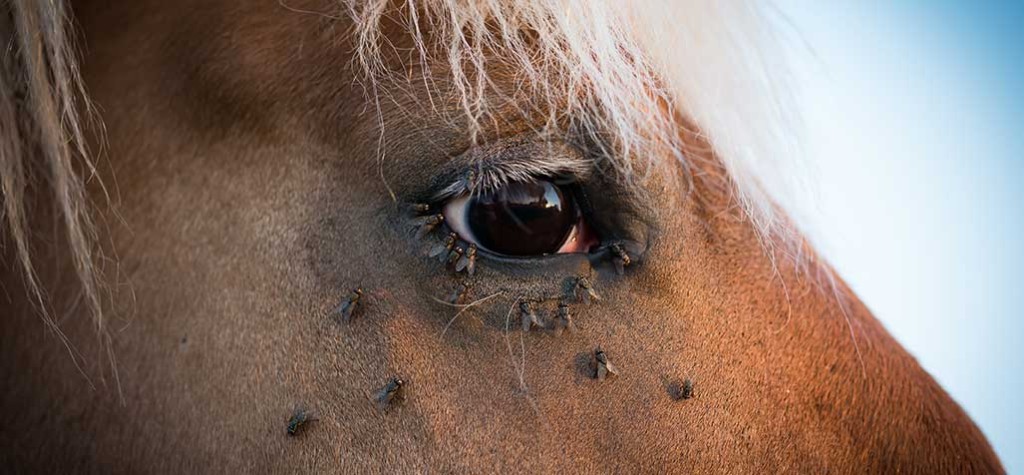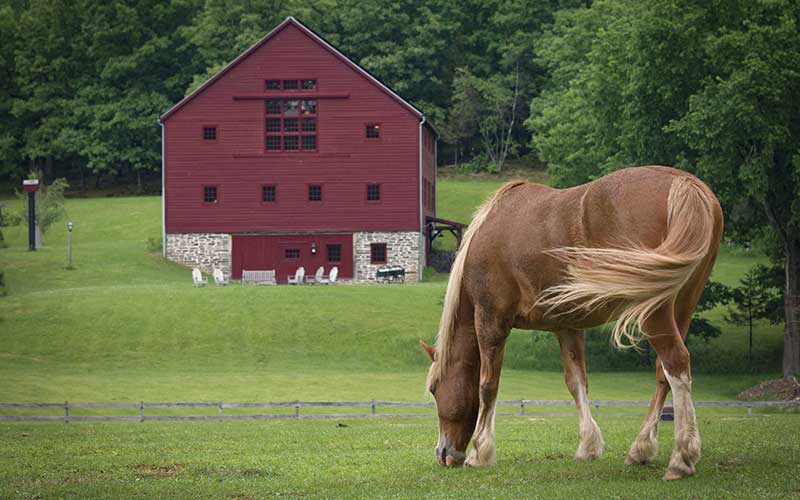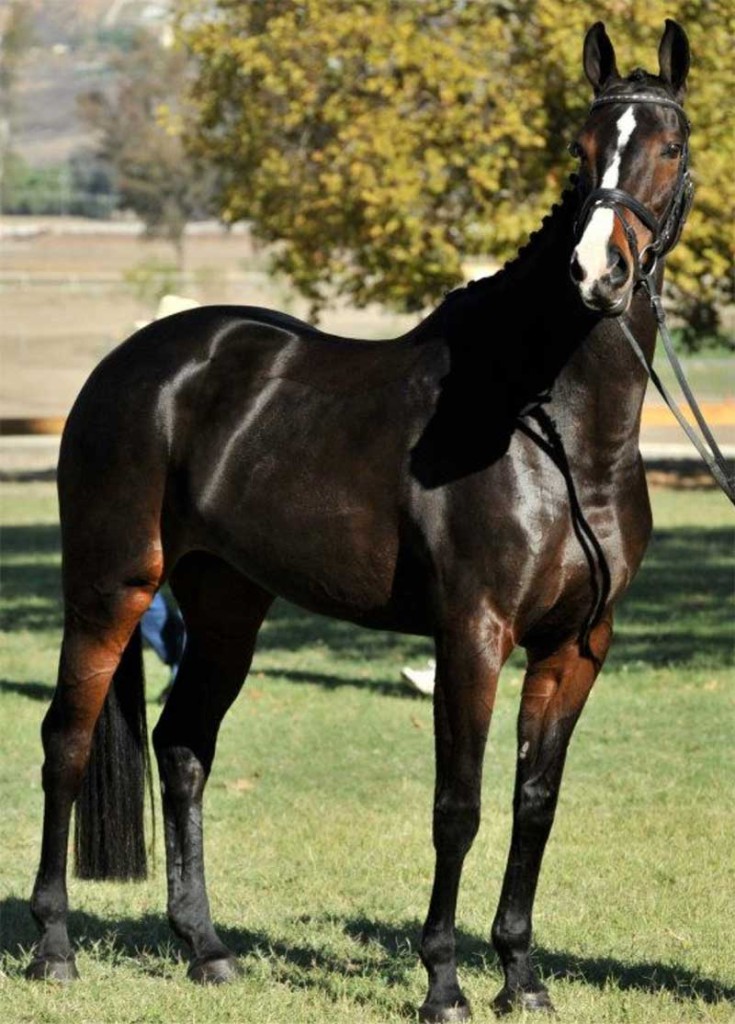Fireside Chat Video 8 – Digestion – The Horse’s Stomach
In the second video discussing the horse’s digestive system we focus on the horse’s stomach. The stomach has become more and more of a focal point in recent years as the incidence of gastric ulcers, particularly in racing and performance horses, has continued to rise. A combination of stress and infrequent feeding are the primary causes that we understand have increased this problem and there a lot of products in the marketplace that erroneously claim to be “ulcer” products. I also talk about the beginning of the digestive process that occurs in the stomach where the initial breakdown of feed occurs prior to entering the small intestine.
E-Mail questions to info@grandmeadows.com

